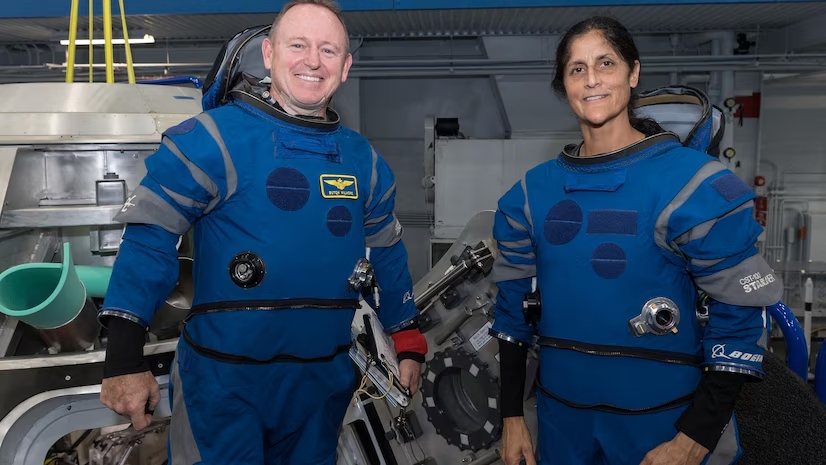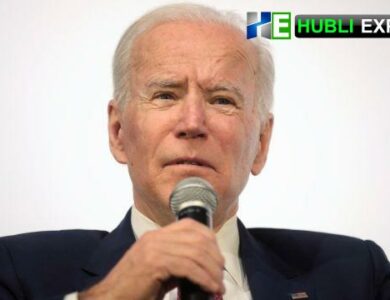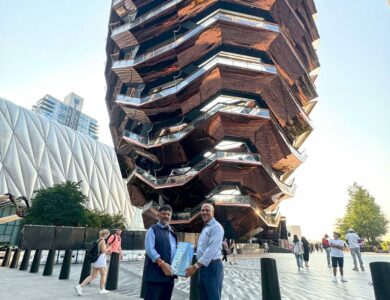NASA Astronauts to Return on SpaceX Capsule Amid Starliner Safety Concerns

Washington: NASA has announced that two astronauts who traveled to the International Space Station (ISS) in June using Boeing’s troubled Starliner capsule will now return to Earth aboard a SpaceX spacecraft early next year. NASA Administrator Bill Nelson stated on Saturday that problems with Starliner’s propulsion system pose too much risk for its first crew to make the journey back.
This decision marks a significant moment for NASA, as it turns to Boeing’s competitor, SpaceX, to bring the astronauts home. Boeing had hoped the Starliner test flight would help restore confidence in the program, which has faced numerous development challenges and over $1.6 billion in cost overruns since its inception in 2016.
During a news conference in Houston, Nelson shared that he had spoken with Boeing’s new CEO, Kelly Ortberg, who committed to addressing the issues with Starliner once it has safely returned to Earth.
In addition to its struggles with Starliner, Boeing is facing quality control challenges in the production of its commercial aircraft, which are vital to its business.
Veteran NASA astronauts Butch Wilmore and Sunita Williams, both seasoned military test pilots, became the first crew to fly aboard Starliner on June 5. Their mission to the ISS was intended to last eight days, but the Starliner experienced significant propulsion problems shortly after launch. During the flight, five of its 28 thrusters failed, and it developed multiple helium leaks, leading to extended delays.
In an unusual move for NASA’s astronaut operations, Wilmore and Williams are now scheduled to return in February 2025 on a SpaceX Crew Dragon vehicle, which is set to launch next month as part of a standard astronaut rotation mission. Two of the Crew Dragon’s four seats will remain vacant for their return.
Starliner is expected to undock from the ISS without crew members aboard and attempt a return to Earth autonomously, simulating a crewed landing.
Boeing has faced significant hurdles in developing Starliner, a capsule designed to provide an alternative to SpaceX’s Crew Dragon for transporting astronauts to and from orbit. After failing an uncrewed test flight to the ISS in 2019, Boeing conducted a successful redo in 2022, though it still encountered thruster issues. The June mission was crucial for NASA to certify Starliner for regular flights, but the recent propulsion problems have disrupted this process.
Since docking at the ISS in June, Boeing has been working diligently to investigate the causes of the thruster failures and helium leaks. The company has conducted various tests and simulations to provide data supporting Starliner’s safety for crewed flights back to Earth. However, the findings from these investigations raised more complex engineering questions, ultimately failing to alleviate NASA’s concerns regarding the capsule’s ability to safely return its crew—a critical aspect of the test mission.
The challenges facing Starliner and its uncertain path to certification add pressure on Ortberg, who began his tenure this month with the task of restoring Boeing’s reputation following a serious incident in January when a door panel detached from a 737 MAX passenger jet mid-flight.





